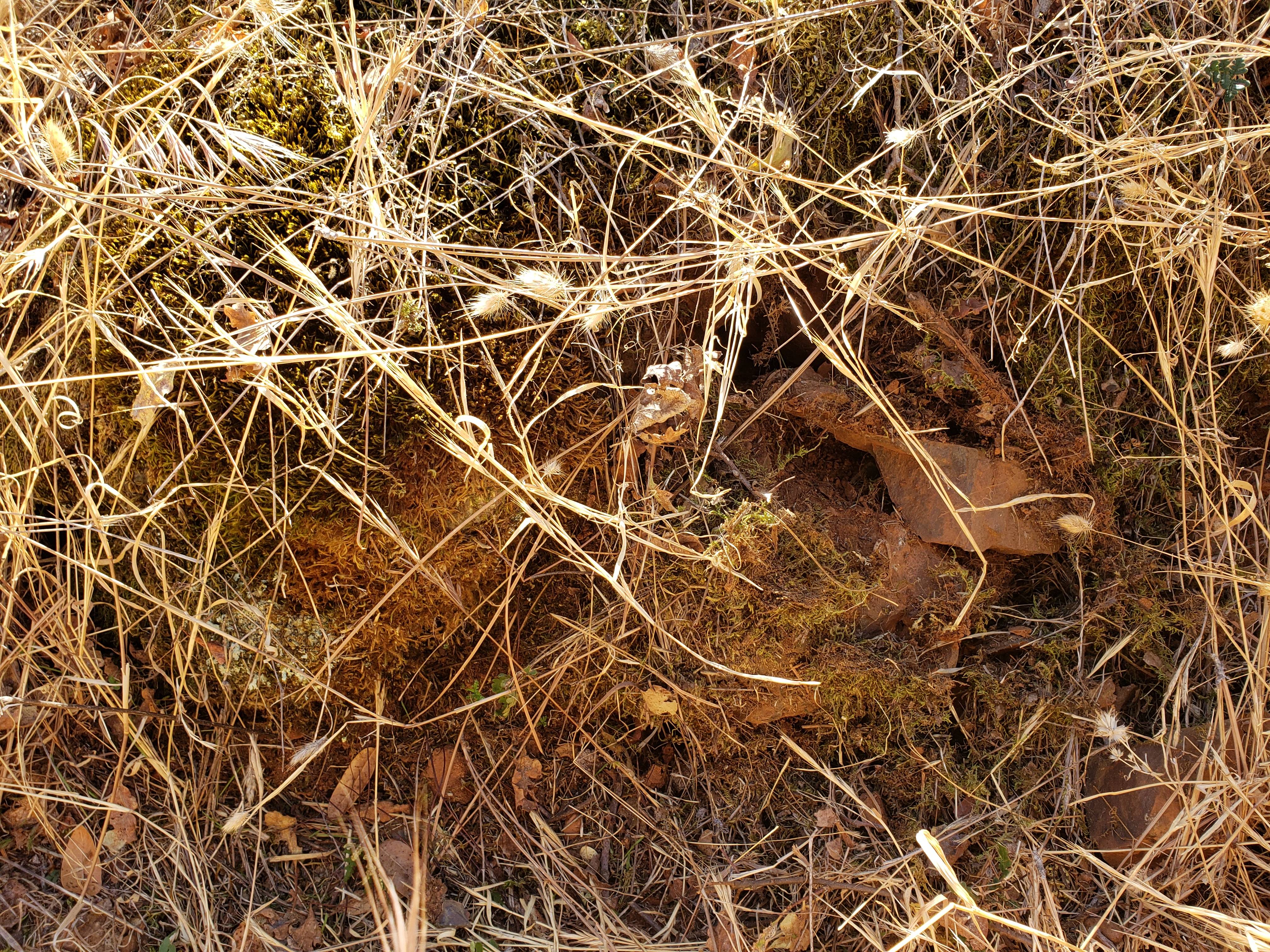I know almost nothing about tires/ load rating and pressures. I've read the technical page at tire rack and think I understand it generally. One question I have is... If a tire is rated for 3195 lbs does that mean that your combine the 4 tires to stay under the GVWR? Another question is... I cannot find E rated tires in the size I want for my vehicle. I'm currently running:
LT 40X13.50R17
121Q C BSW | 39.8" | 13.6" | 8.5-11" | 11" | 21/32" | C | 3195 lbs | 35 psi | 86 lbs | 523 |
But the stock tires were:
LT 37X12.50R17
124Q D BSW | 36.8" | 12.5" | 8.5-11" | 10" | 21/32" | D | 3525 lbs | 50 psi | 73 lbs | 566 |
I'm using the bigger size on the recommendation of a shop that's been working on my truck but I don't understand why the same type of tire changes from D to C rating when I go up 2 sizes (diameter wise). Also, the max load is 330lbs less per tire. My truck has a 10.300 GVWR though I typically don't run it over 9500lbs.
Can anyone explain this to me? I'm so unfamiliar with this topic and I'm worried about the recommendation of the shop. I'm I running tire that isn't rated high enough? I do drive it off road and have run tire pressure around 20psi without a problem so far. I do have bead-locked wheels. I'd rather have more tire (91 octane in a 87) than not enough (87 octane in a 91) if you know what I mean. Thanks in advance for any advice.














